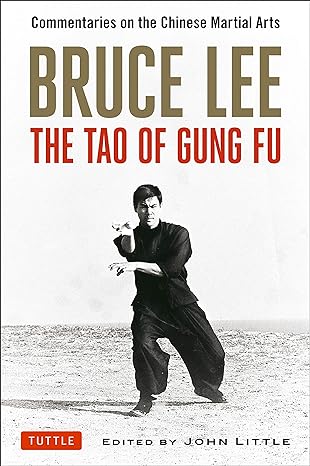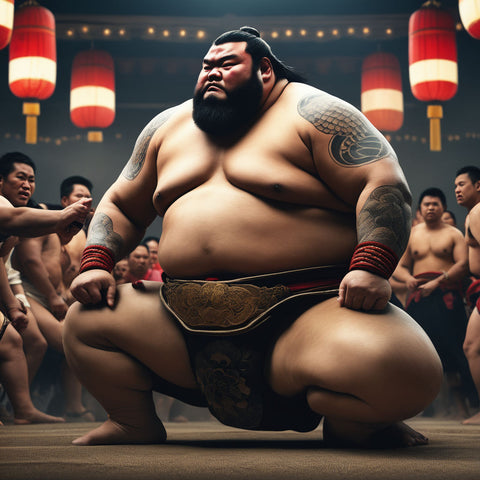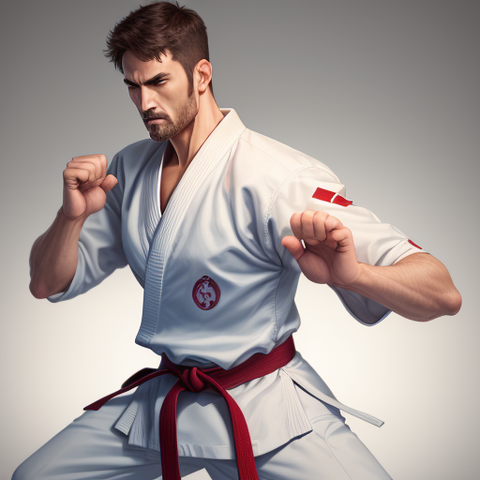The Most Difficult Submissions To Pull Off
When it comes to grappling on the mat, submission fighting has become essential for all mixed martial artists who are looking for a quick victory.
- Just ask Royce Gracie. His signature Brazilian Jiu-Jitsu (BJJ) moves reigned supreme over all others in the first two tournaments of the Ultimate Fighting Championship (UFC) in the early nineties.
- Or even Nate Diaz, who prefers a stand-up war but is also a highly skilled black-belt BJJ fighter. His submissions in the UFC include choking out Conor McGregor in their epic back and forth fight in March 2016.
- And let’s not forget the current UFC lightweight champion Charles Oliveira, who will defend his belt against Justin “The Highlight” Gaethje in UFC 274 on May 8, Sunday. The Brazilian’s toolbox is complete. Armbars? Chokes? Leg locks? He got that on tap. Oliveira is also tied with Jim Miller for the most submissions in UFC lightweight history.
From shoulder locks, and the kimura, to the devastating and painful armbar, here are 4 of the difficult submissions to pull off on the mat.
- Guillotine Choke
- Armbar
- Omoplata/Shoulder Lock
- Kimura
1. Guillotine Choke

Source: Wikipedia
While the guillotine choke is one of the most common submissions to pull off, it is also one of the most challenging in high-level competition.
How does the guillotine choke work? The guillotine choke, named after the medieval torture device, works by putting pressure on the carotid arteries through an opponent’s head, forcing him or her to be caught in the uncomfortable submission to tap out.
While the guillotine choke is a common submission that is taught to most students on the mat, try upping your game by learning different variations of it! These include the arm-in guillotine, the 10-finger guillotine, the high-elbow guillotine, and the one-handed guillotine.
Once control of the head or control of the head and arm have been established, the attacking student can begin working to sweep the opponent, pass his or her guard, or transition to other submissions. Given its usefulness as a submission, position, and self-defense technique, the guillotine is a technique that all BJJ students should thoroughly master.
Another benefit of learning the guillotine choke as a form of self-defense is that it can be successfully applied to bigger, stronger opponents. Therefore, chokes epitomize BJJ’s philosophy of using leverage, intelligence, and patience to defeat opponents of all shapes and sizes.
2. Armbar

The armbar is a nasty BJJ technique that is so difficult to defend against once an opponent grabs hold of your arm. There is nothing you can do about it but tap out!
The armbar is a single or double joint lock that hyperextends, hyperflexes, or hyper-rotates the elbow joint or shoulder joint.
Just like the guillotine choke, most BJJ students learn this technique early on in their training, but it takes years to master it.
How does the armbar work? An armbar works in the same way you would pull a lever. When you go through the steps of controlling the opponent’s arm it looks exactly like a lever.
There are different variations to this devastating yet difficult move. This includes an armbar from a guard, a speed armbar, an armbar from the mount, a knee on a belly armbar, a reverse armbar from a guard, and an armbar from a spider guard.
To use the armbar more effectively, you have to turn your body and make an angle. This is so that it makes it easier to get your leg over the opponent’s head. Once you clear the head and angle it allows you to be able to apply pressure on the arm.
Arms control and pinching your knees are also essential in this technique. Make sure that you’re controlling the opponent above their elbow before attempting an armbar. There is a need to establish good control to be able to attack their elbow joint.
When you go for armbars from top positions, be sure to keep your hips low. If your hips are high this either gives them space to escape and won’t be tight.
3. Omoplata/Shoulder Lock
Also known as scapula in Portuguese, this highly effective Brazilian Jiu-Jitsu technique is all about attacking a student’s legs and the hips will be used to extend an opponent’s shoulder joint past its normal range of motion.
The lock applied to the shoulder is similar to the Kimura lock, but the legs are used in place of the figure-four grip.
It was popularised in the 1990s, due to its successful use by Nino Schembri. The 47-year-old Brazilian mixed-martial artist is a former member of the Chute Boxe Academy and competed in various PRIDE events.
How is the Omoplata applied? Omoplata is from the guard, and it is achieved by placing a leg under the opponent’s armpit and rotating 180 degrees, resulting in the leg moving over the opponent’s back and around his or her arm.
The submission is completed by controlling the opponent’s body, often by placing an arm around his or her waist and exerting pressure on the opponent’s shoulder by pushing his or her arm perpendicularly away from the back. In addition to being a great submission, the Omoplata can be used as a setup for sweeps, armbars, chokes, and other techniques.
When used correctly, can be a very good submission move. It's begun while in full guard and places unbelievable strain on the shoulder and arm.
4. Kimura
The Kimura is named after Judo Master Masahiko Kimura who snapped Helio Gracie's arm in 1955 with the move.
This double wristlock move is a highly effective submission that has been successfully used in both BJJ and MMA competitions.
How does the Kimura work? Kimura works by isolating the elbow and shoulder joints through the use of a figure-four grip. This highly versatile move can be applied from several different positions, including standing, mount, side control, closed guard, and open guard. But most beginners are initially taught this submission from the closed guard and mount positions.
This move is so hard to defend against since it can be completed from side control, mount, standing, while in the guard, or even while in someone else's guard. It might appear harmless and not a threat, but if you fall asleep on it, you may hear that not-so-sweet snapping sound.
Damien
Damien loves fast cars and a smooth drive.
Other Posts By Author








